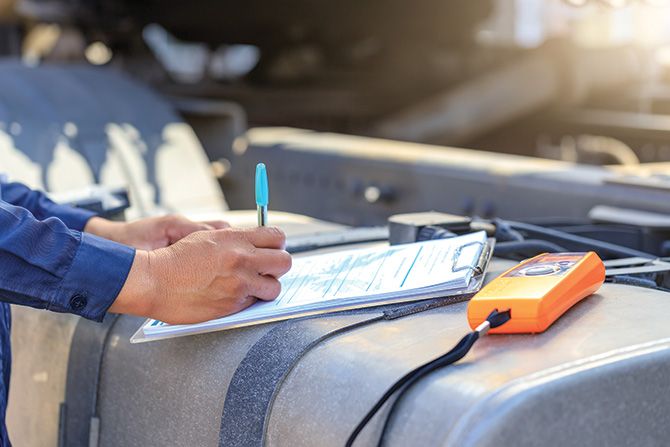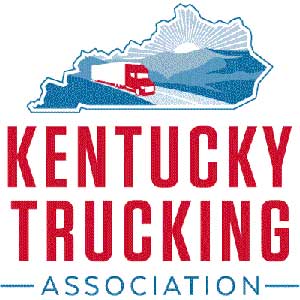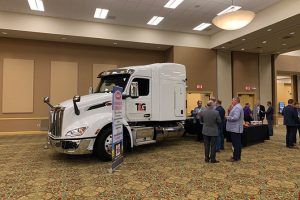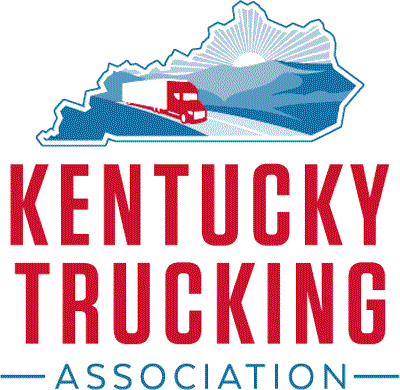Will a thorough pre-trip inspection prevent a violation? In this edition of Truesdell’s Safety Tips, I would like to discuss the correlation between a thorough pre-trip inspection and the “Top 5” most cited or discovered violations as listed by FMCSA. Said violations are grouped or listed at a national level, as well as the “Top 5” as cited here in Kentucky. There are both similarities and differences between the lists.
As of this writing in late September, I gathered the numbers from FMCSA’s Analysis & Information dated Aug. 26, 2022. (Note: FMCSA operates on a fiscal year of October 1 – September 30, but these numbers were calculated from the calendar year January through August). Obviously, just like everything that evolves around commercial trucking and regulations, things tend to change from time to time. So, it is no surprise that these violations, as they are discovered and cited, go up and down the list from time to time.
I went with this topic to show how a simple pre-trip inspection could reduce some of these violations. Not to say that any condition can be encountered while in transit, but some of these violations could easily be eliminated with a simple but thorough pre-trip inspection process.
The data gathered is either listed as “National,” which will encompass enforcement efforts for the entire country or “KY,” for those listed/discovered from Kentucky enforcement inspections. So, with that, let’s jump into this list and see if you think any of these “Top 5” violations could be eliminated with even the quickest glance by the driver.
Number 1:
National – (393.9) Inoperable Required Lamp
KY – (393.47E) Clamp or Roto-type brake out-of-adjustment
Regarding the lamp, I will gladly admit that a lamp can go out anytime. However, if the lamp had been inoperative before the driver began the trip, it could have been repaired, which may have eliminated a 393 violation.
As to the out-of-adjustment brake, that has been in the top three violations, as far as I know, since they started measuring brakes. There is not too much a driver can do in that regard, but a robust maintenance program may have caught it before it became a violation. It is just one of those things that are difficult to prevent.
Number 2:
National – (396.17C) Operating a CMV without proof of a periodic inspection
KY – (393.9TS) Inoperative Turn Signal
As my old buddy would say about an annual inspection, this is a “no-brainer.” An annual inspection violation is something that can easily be prevented. Again, a simple pre-trip inspection should catch those obvious issues.
On the Kentucky side, the inoperative turn signal could easily go either way. If it were inoperative before the trip, it might have been discovered, but as stated before, a lamp can go out at any time, so again, this one would be difficult to prevent in every instance.
Number 3:
National – (393.47E) Clamp or Roto type brake out-of-adjustment
KY – (393.75A3) Tire-flat and/or audible air leak
As stated before, it is difficult for a driver to check his own brakes properly, so a PTI might not catch this violation. We’ll leave this one to the maintenance folks.
Flat tire, well, I have discussed this one in the past. The driver is very seldom the direct cause of a flat tire. It’s one of those things that just happens. My only suggestion on this violation would be this: if the driver does discover a leak and/or flat tire, he should stop as soon as possible and call to get a repair. I do not recommend continued driving to the next truck stop or a favorite tire shop to save $2.00. If they are stopped while operating with a flat tire, it will certainly become an OOS violation.
Number 4:
National – (393.95A) No/discharged/unsecured fire extinguisher
KY – (393.75A3) Tire flat and/or audible air leak
An unsecured fire extinguisher seems like one of those things that could be prevented by the pre-trip check. Is it present, fully charged, and secured? All could be checked in less time than it took to read this paragraph. There could always be some outliers, but I’ll leave that up to you.
Flat tire already discussed.
Number 5:
National – (393.9TS) Inoperative turn signal
KY – (396.17C) Operating a CMV w/o proof of periodic inspection
Both have already been discussed as they’ve already hit one list or the other, and we are only on number five!
So, you can already see the pattern. Regardless, if you are in Bismark, ND or Georgetown, KY, these violations will make the inspection report if observed during a roadside inspection. The moral of the story is, are your drivers conducting a thorough pre-trip in an attempt to prevent some of the aforementioned violations? You will be amazed at what you can find if you just take a quick look. A pre-trip inspection is a process, and like most other processes, the more you get in the habit of doing them, the better you become at them.
As stated previously, can a pre-trip inspection prevent every violation or catch every flat tire? Certainly not. But as you will notice, some of the top five and even top 10 or 20 violations are items that could be prevented or, at the very least, be noted during a PTI.
Below are the lists with the violations from numbers 1-20. If you’d like to keep an eye on the list, it can be found at: https://ai.fmcsa.dot.gov/SafetyProgram/RoadsideInspections.aspx
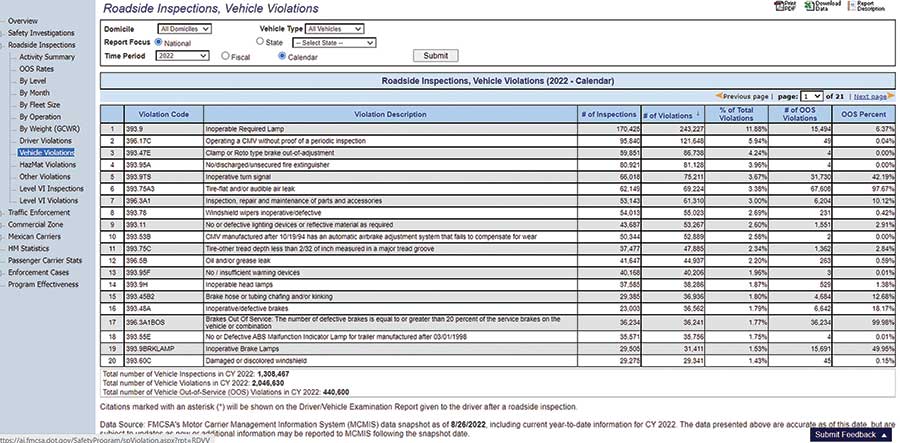
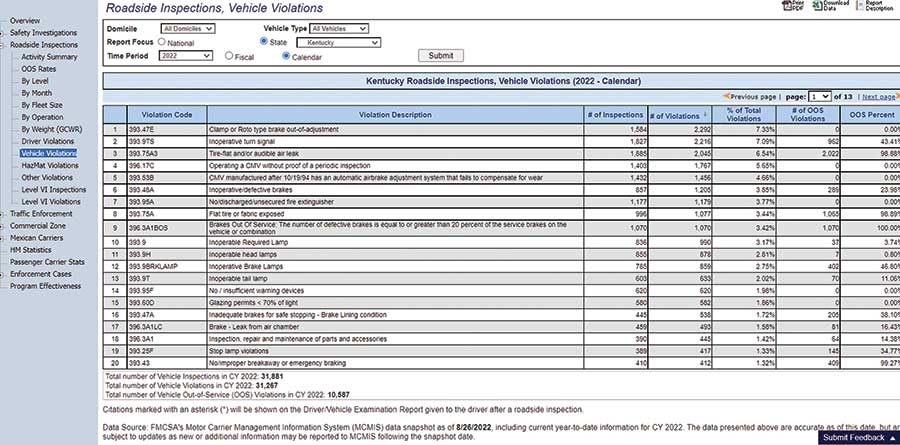
References: FMCSA (Analysis & Information/Roadside Inspections, Vehicle Violations: www.fmcsa.dot.gov)



